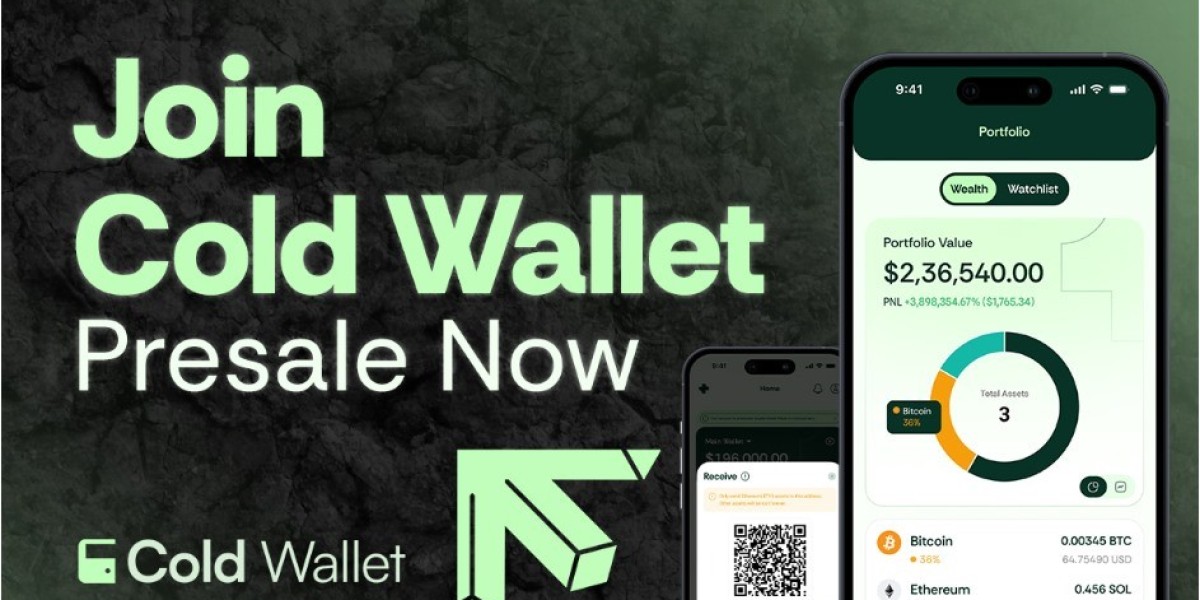A cold wallet, or cold storage, is a method of storing cryptocurrency offline, separate from internet devices. Unlike hot wallets, which are online and internet-connected, cold wallets are more likely to be secure because your private keys—the access codes for your crypto assets—are completely offline. It considerably reduces the likelihood of hacking, phishing, or other online attacks. Cold wallets are best suited for long-term storage of cryptocurrencies like Bitcoin, Ethereum, or other altcoins, especially for users who prioritize security over convenience.
Types of Cold Wallets
Cold wallets come in various forms, which have unique features. The most popular variety is a hardware wallet, a physical device such as a USB stick (e.g., Ledger or Trezor) that safely holds your private keys. Another way is a paper wallet, printing your private keys and public addresses on paper, stored in a safe location. Further, air-gapped computers or devices that have never been connected to the internet can be used as cold wallets. Each type balances security, convenience, and cost against one another, allowing users to make a choice based on their needs.
Why Use a Cold Wallet?
The greatest advantage of a cold wallet is the high degree of security. Offline, it can't be targeted online in the guise of malware or exchange hacks, which have resulted in considerable crypto loss historically. Cold wallets are perfect for "HODLers" or investors that plan to keep their investments long-term without frequent trading. They also provide reassurance that your money is safe even if an exchange or web-based platform gets hacked into. Cold wallets, however, require care to avoid physical loss or destruction.
How to Set Up a Cold Wallet
Setup of a cold wallet depends on type. For a hardware wallet, you typically purchase a piece of hardware, install the software of it, and complete the installation process to generate and store your private keys. Paper wallets include generating keys offline (using trusted software) and printing them securely. Ensure that you use authentic tools and store the wallet somewhere safe, like a safe. Save your recovery seed phrase—a set of words to restore your wallet—in a number of safe locations, but never put it on the internet.
Best Security Practices for Cold Wallets
For maximum safety, follow best practices. Store your cold wallet in a safe, concealed location, like a domestic safe or bank vault. Never share your private keys or seed phrase with anyone. Only use reputable software and hardware when setting up your wallet to keep malware out. Periodically inspect the integrity of your wallet if it is a hardware device, and make a backup of your assets across several cold wallets for protection. Refrain from exposing your wallet to internet-enabled devices following installation.
Cold Wallet vs. Hot Wallet: Which is Right for You?
Cold wallets are secure but perhaps less convenient for ongoing trading than hot wallets, which are online and conveniently accessed through apps or exchanges. If you are an active trader in need of quick access, a hot wallet would suit your needs better, but it is riskier. Cold wallets are better suited to larger sums of cryptos or long-term holding. The majority of users have both and keep smaller amounts in hot wallets for daily use while keeping larger sums in cold storage.
Common Misconceptions About Cold Wallets
Cold wallets are too complex or expensive to some, but the majority of substitutes like paper wallets are free, and hardware wallets are affordable to the majority of serious investors. Another myth is that cold wallets are completely risk-free. While they remove online risk, physical risk like loss, theft, or damage still exists. Good habits in storage and backing up are necessary to assist in keeping these risks low. Knowledge about these nuances allows users to make informed decisions.
Conclusion: Safeguard Your Crypto with a Cold Wallet
Cold wallets are a mainstay of safe cryptocurrency storage, offering unmatched defense against cyber threats. Choosing the right type of cold wallet and learning best practices will enable you to protect your digital holdings with confidence. Whether you are an experienced investor or new to crypto, incorporating cold storage into your strategy is a smart move to protect your holdings in the uncertain cryptocurrency environment.







